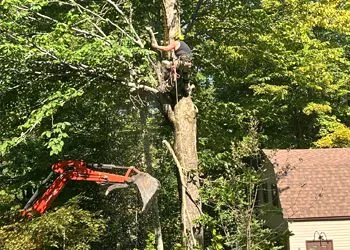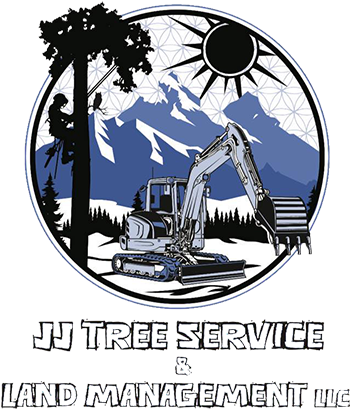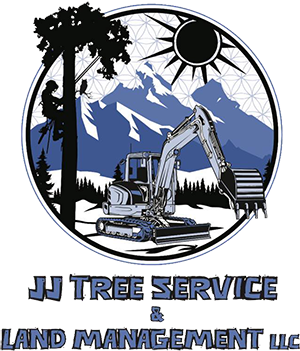Common Warning Signs that a Tree Is Dying and You Should Call the Arborist

When a tree begins to decline, it can quickly become a safety hazard and a threat to nearby structures. Knowing the signs of a dying tree allows you to take prompt action before it poses a danger or spreads disease to surrounding vegetation. At JJ Tree Service & Land Management, our local arborists can identify dying trees and safely remove them as necessary. If you notice any of the following issues, it’s time to call an experienced arborist for a professional assessment.
Large Sections of Dead or Falling Branches
One of the most obvious signs that a tree is in serious decline is the presence of large dead branches, especially in the upper canopy. These limbs may appear brittle and leafless. When branches begin falling without warning, it's often an indication that the tree can no longer support them. Deadwood poses a serious risk to people, vehicles, and buildings below and should be removed as soon as possible.
Visible Trunk Damage or Decay
Cracks, splits, or large wounds in the trunk are major red flags. In some cases, you might also notice soft spots, cavities, or signs of fungal growth on the bark. These symptoms suggest that the structural integrity of the tree is compromised. Decay often starts from the inside out, meaning the tree could be far weaker than it appears. An arborist can determine whether the damage is reversible or if removal is the safest option.
Leaf Loss Outside of Seasonal Changes
While it’s normal for deciduous trees to lose their leaves in the fall, unusual leaf drop or thinning foliage during spring and summer is a concerning sign. A dying tree may produce fewer leaves each season, and the ones that do grow may appear smaller or discolored. In evergreen trees, browning needles or patches of missing greenery can also point to serious stress or disease.
Fungal Growth Around the Base
Fungal growth at the base of a tree often indicates internal rot. While not all fungi are harmful, their presence in certain situations can mean that the roots or trunk are decaying. Root rot undermines the tree's stability and increases the risk of it falling during a storm or heavy wind.
Tree Removal in Preston-Potter Hollow, NY
When you need
tree removal in Preston-Potter Hollow and the surrounding area, contact
JJ Tree Service & Land Management at
315-239-0792. Feel free to give us a call to ask for an arborist estimate in Preston-Potter Hollow, NY!


